Optimal Timing for Foundation Repairs
Determining the optimal time for foundation repairs depends on various factors including weather conditions, soil stability, and structural assessment results. Typically, the most suitable periods are during mild weather when temperature fluctuations are minimal and soil moisture levels are stable. This reduces the risk of further shifting or damage during repair processes.
Spring and fall often provide ideal conditions for foundation repairs due to moderate temperatures and stable soil moisture levels.
Avoid repairs during extreme weather conditions such as heavy rain or freezing temperatures to ensure safety and effectiveness.
Timing repairs when soil is neither excessively wet nor dry helps prevent additional shifting or settling.
A thorough evaluation can identify the best window for repairs based on the current condition of the foundation.
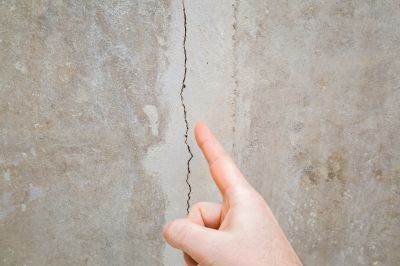
Visual assessment of foundation cracks and settling signs.

Analyzing soil moisture and composition before repairs.

Scheduling based on weather forecasts and soil conditions.
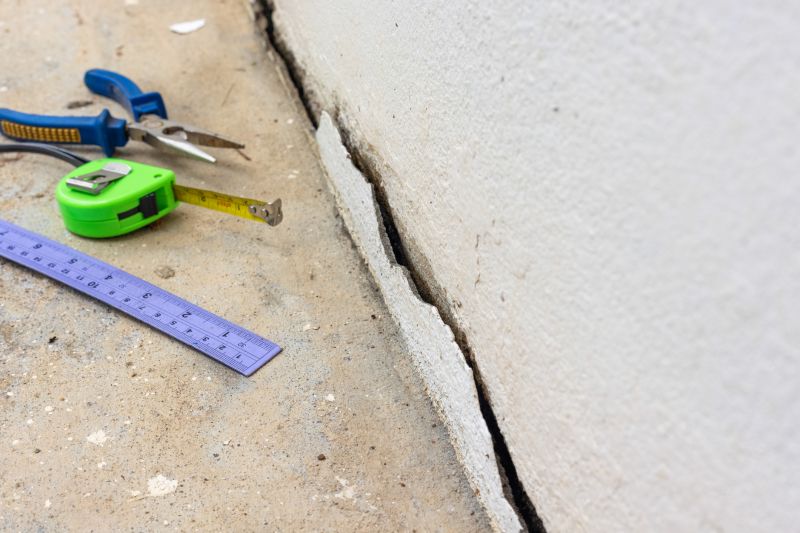
Ways to make Foundation Repairs work in tight or awkward layouts.
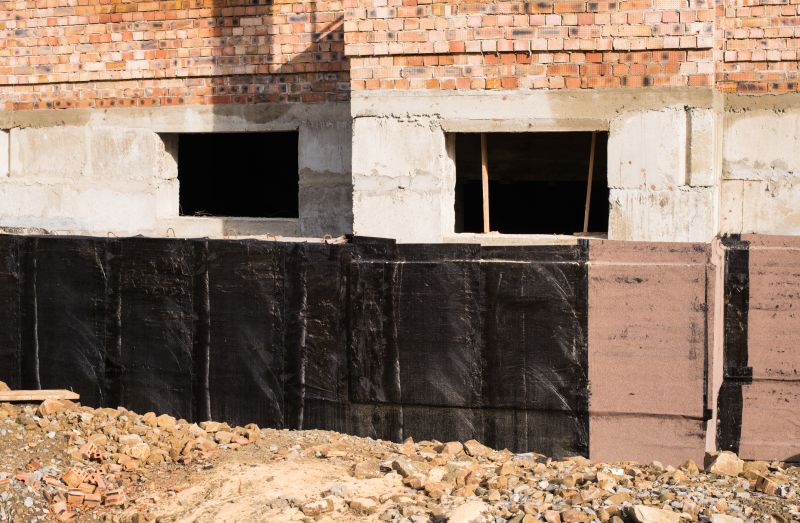
Popular materials for Foundation Repairs and why they hold up over time.

Simple add-ons that improve Foundation Repairs without blowing the budget.
| Season | Recommended Timing |
|---|---|
| Spring | Ideal for repairs due to moderate weather and soil conditions. |
| Summer | Possible, but avoid during extreme heat or drought. |
| Fall | Suitable for repairs with stable temperatures and moisture. |
| Winter | Generally not recommended due to freezing temperatures and soil conditions. |
Foundation repairs are critical for maintaining the stability and safety of a structure. Addressing issues promptly can prevent further damage and costly repairs in the future. The timing of repairs can influence their success, making it important to choose periods with favorable weather and soil conditions. Proper scheduling ensures that repair methods are effective and durable, reducing the risk of recurring problems.

Filling and sealing foundation cracks to prevent water intrusion.

Lifting and stabilizing sinking foundations.
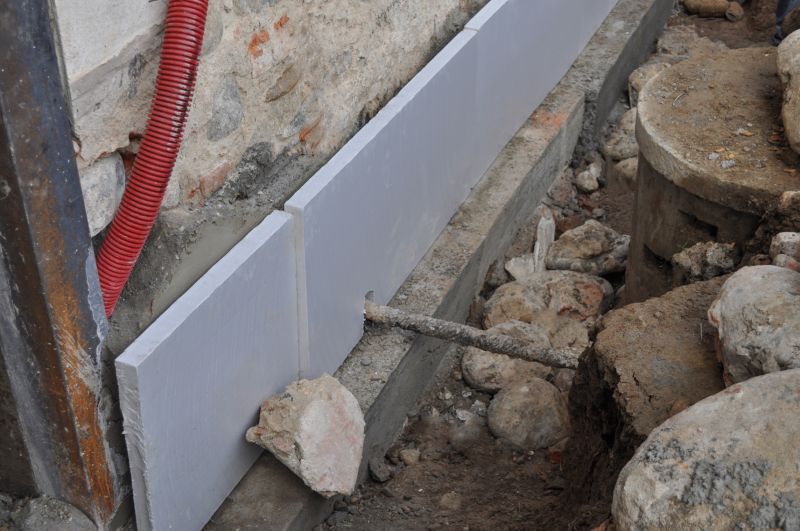
Using underpinning to reinforce soil support.
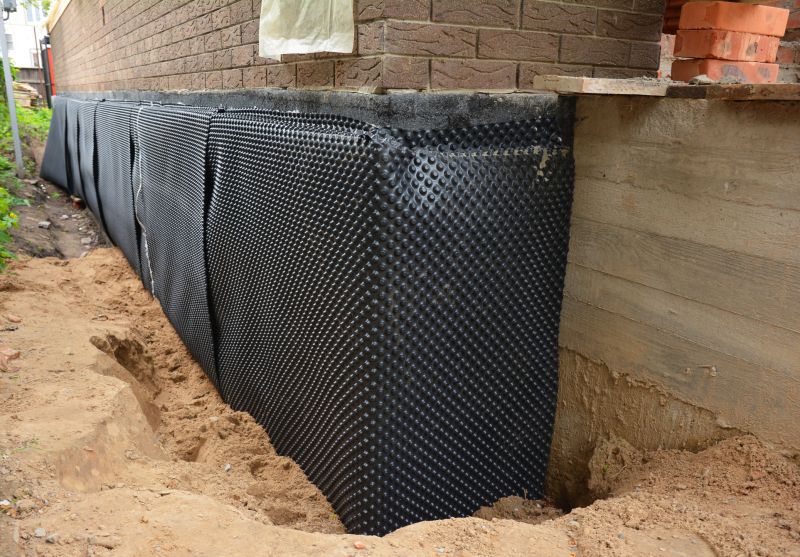
Protecting foundations from water damage during repairs.
Choosing the right time for foundation repairs can significantly impact their longevity and effectiveness. Proper planning, based on weather and soil conditions, ensures that repairs are completed efficiently and with lasting results. Regular inspections and timely intervention are key to preserving the structural integrity of a property.
Cracks in walls, uneven floors, and sticking doors are common indicators.
Includes crack sealing, underpinning, and soil stabilization.
Repair costs vary based on extent and method of repair required.
A detailed evaluation helps determine the best repair strategy.

Specialized tools used for underpinning and stabilization.
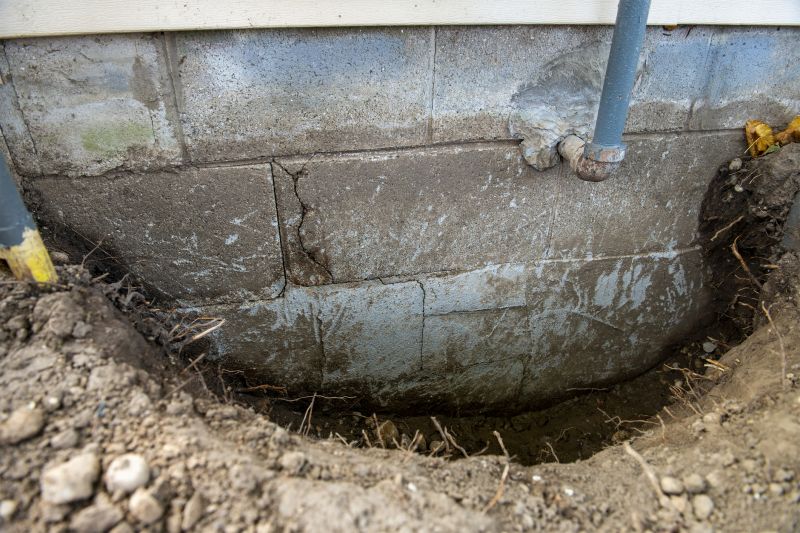
Visual comparison of foundation repair results.
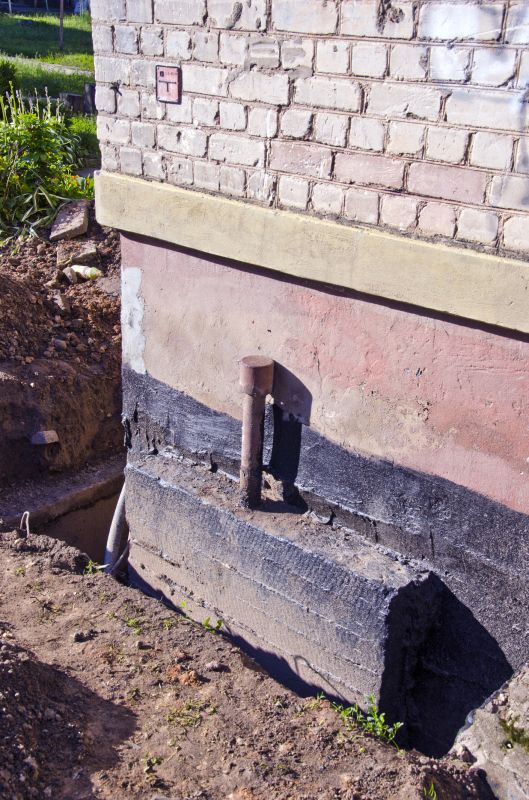
Preparing the area for effective repair work.
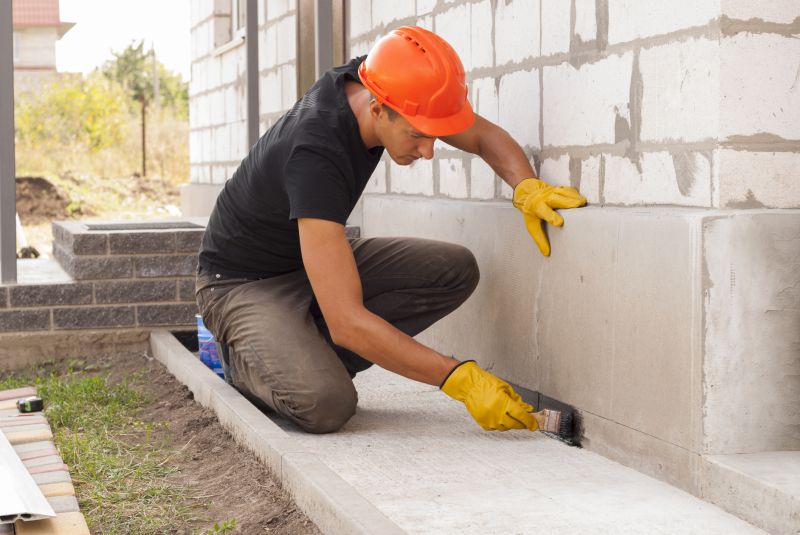
High-end options that actually feel worth it for Foundation Repairs.
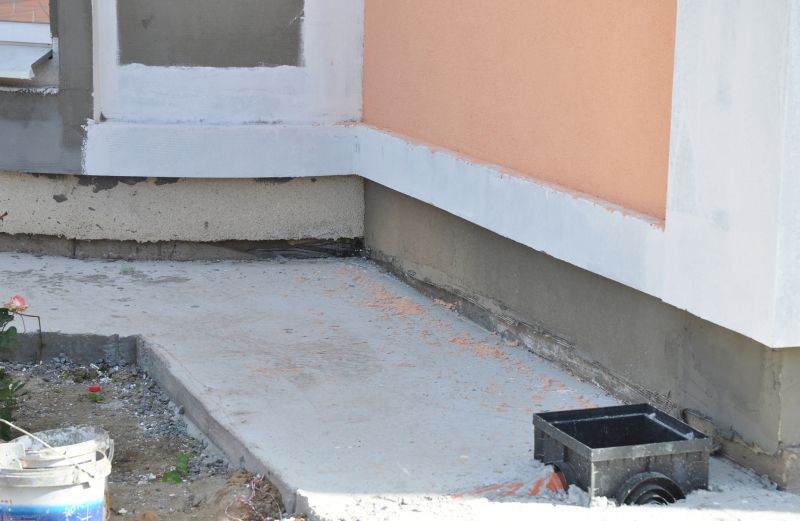
Finishes and colors that play nicely with Foundation Repairs.

Little measurements that prevent headaches on Foundation Repairs day.
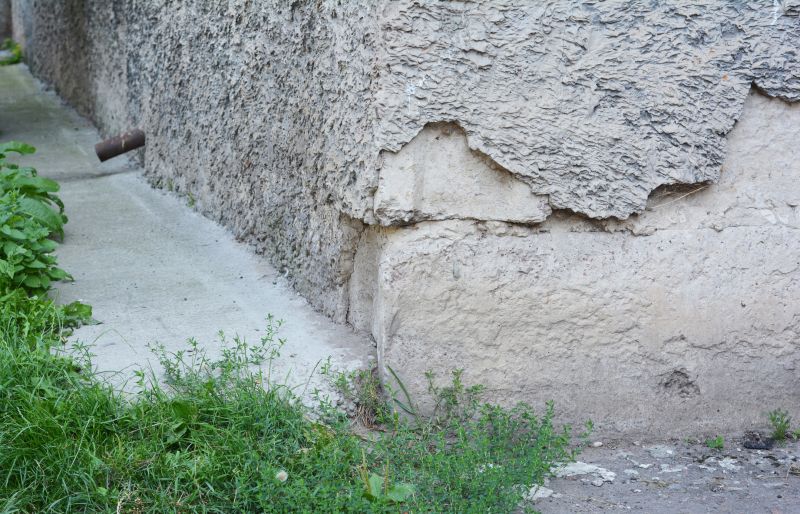
A 60-second routine that keeps Foundation Repairs looking new.
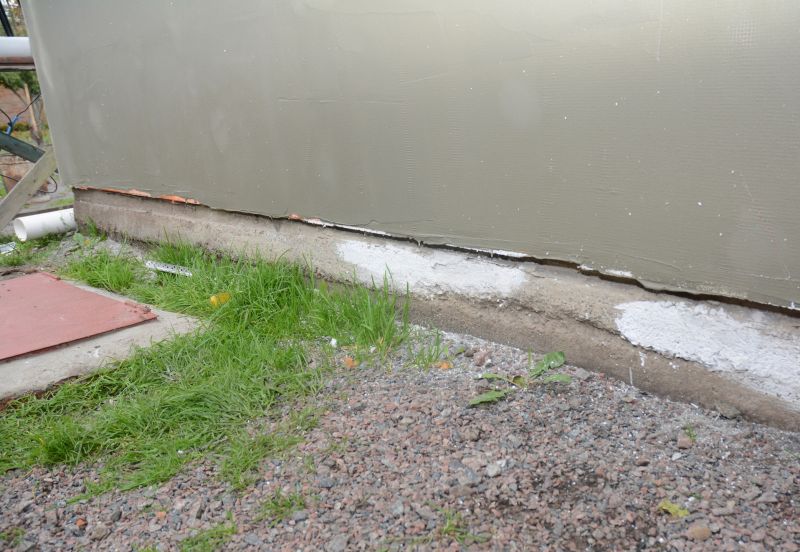
A frequent mistake in Foundation Repairs and how to dodge it.
Interested property owners in Dover, OH, can contact professionals to assess their foundation's condition and discuss suitable repair options. Proper timing and expert intervention are essential for ensuring long-lasting results and structural safety.


